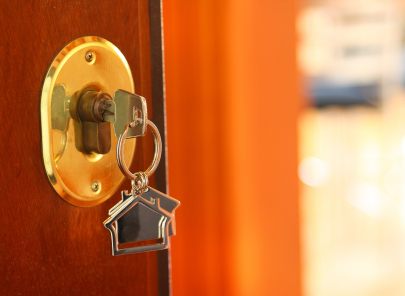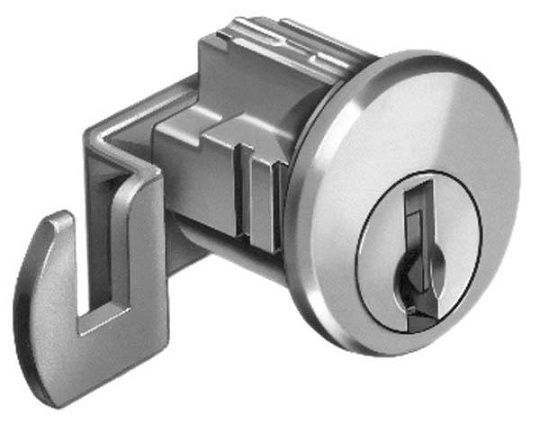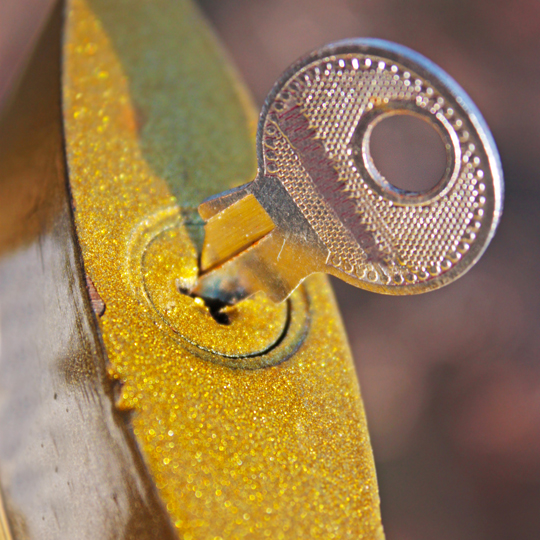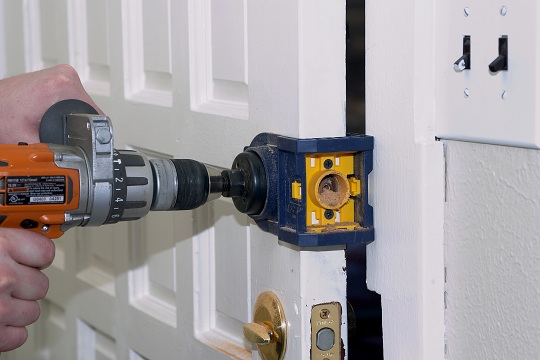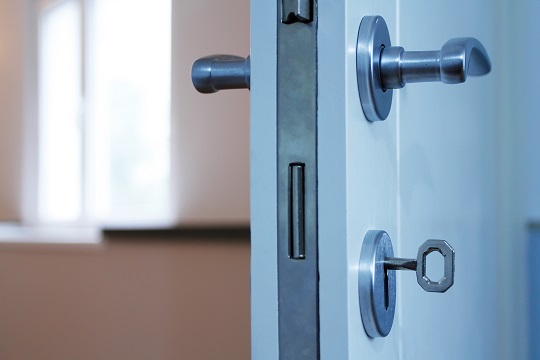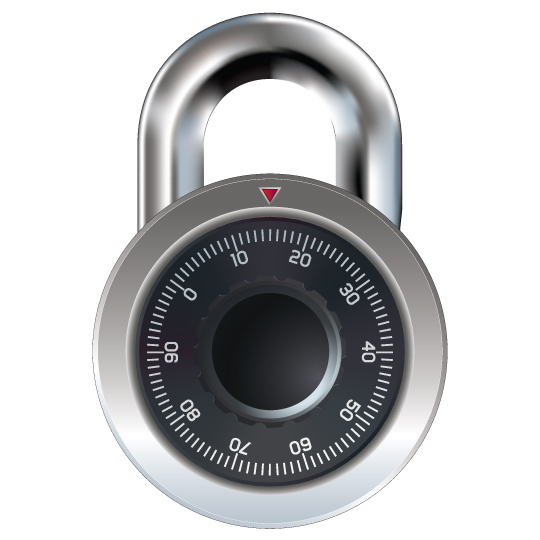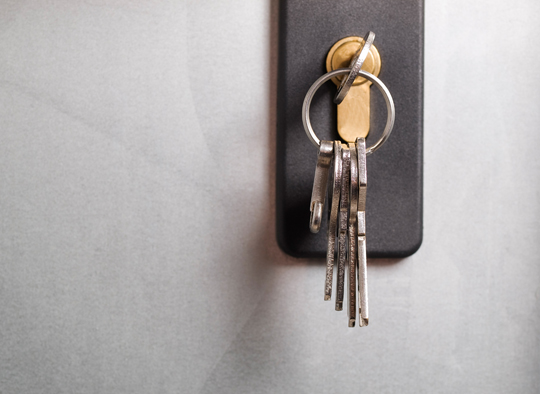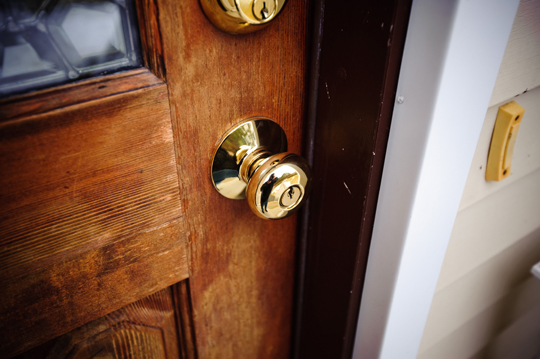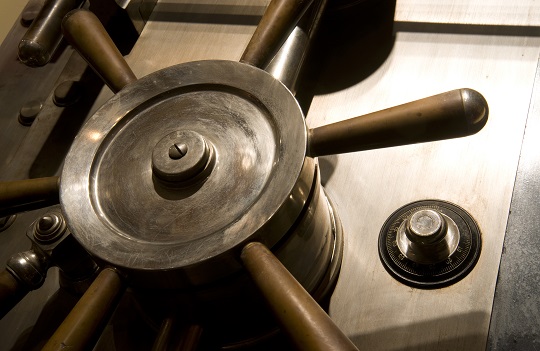
How do you get into the mindset of a thief? The answer to that question will help you protect your property more effectively and keep your home safer. So we took to the streets to obtain some interesting insights from some “industry professionals” – actual burglars!
It wasn’t easy, but we gathered together the most consistent answers from various sources to get to know how most burglars think.
We’re going to share the tricks of a burglar’s trade with you, from the perspective of a professional! Meet “Pat”, your friendly neighborhood burglar.
So, what am I looking for before I decide to break into your property? How do I break in, and what am I looking for once I get inside?
What I Look For
First, I get the low-down on the neighborhood before choosing a property. I work between 8am and 11am, sometimes dressed as a cable or phone repair man, so I can avoid looking suspicious.
> High fences protecting your privacy – these keep nosy neighbors away so I can easily get on with my work.
> High vegetation like trees or shrubbery are perfect for hiding me. Even better if the trees and shrubs cover your windows, so nobody sees me breaking in.
> Toys and other equipment in the yard – If I see kids’ toys I know there’s a mom living here. That’s great news, because I know there will be plenty of jewelry to plunder!
> When I need a closer look at a home, I may even post a flier on the door, which lets me see if you have a burglar alarm installed.
How I Break into Your Home
> First, I’ll knock on the front door to see if anyone is home. If someone answers, I’ll just whip out a convincing story and move along.
> If no one answers, I’ll check the front and back doors to see if one is unlocked. You’ll be surprised at the number of homeowners who fail to secure their doors when they leave the house. Many will leave a key under a mat or somewhere equally obvious.
> Of course, I do have my own tools – my trusty crowbar can easily shatter your windows.
> However, I do have a one-minute time limit at this stage. If you’ve made it difficult and I can’t gain access within sixty seconds, I’ll just move on to the next house.
What I do Once I’m Inside
> First, I head to the master bedroom to look for jewelry, cash, or other valuables. This is where most of the best loot can be found, and I’m always amazed that so much is left in obvious places such as drawers or under the bed.
> Having checked under that bed, I’ll make a final run through your closets.
> Pills fetch good money, so my next stop is the bathroom, where I can help myself to any of your prescriptions.
> Now it’s downstairs to search the kitchen and living room. Here I’m looking for high ticket items – electronics such as laptops and iPads – along with car keys, credit cards, and any personal information you’ve left lying around.
> When I’m done looting your home, I call for my driver. When he arrives we load up the van with your stuff and simply drive away.
> Your house has been cleared out, but once the van’s loaded we’re off to the next victim – it’s a never ending circle of crime.
Believe it or not, this whole process takes just eight to twelve minutes!
Usually my job is easy, but there is a lot you can do to deter me and my many colleagues. The most obvious step is to invest in a top quality security system. If I see one of these in your home, then I’ll just walk on by and look for another target.
You could also leave the TV, stereo, and lights on when you’re not at home. I know that lots of people do this even when the property is empty, but I’m not going to take that chance. Also, I don’t like dogs, and the larger the animal the more likely we are to look elsewhere.
So now that I’ve let you in on a few trade secrets, you can make plans to deter me and my fellow crooks by checking out TalkLocal. TalkLocal will connect you with up to three quality locksmiths in your area in just minutes.
Guest written by Kevin Raposo. Kevin covers issues related to home security, safety, and crime. When he’s not writing, he is usually playing his guitar & drums.

